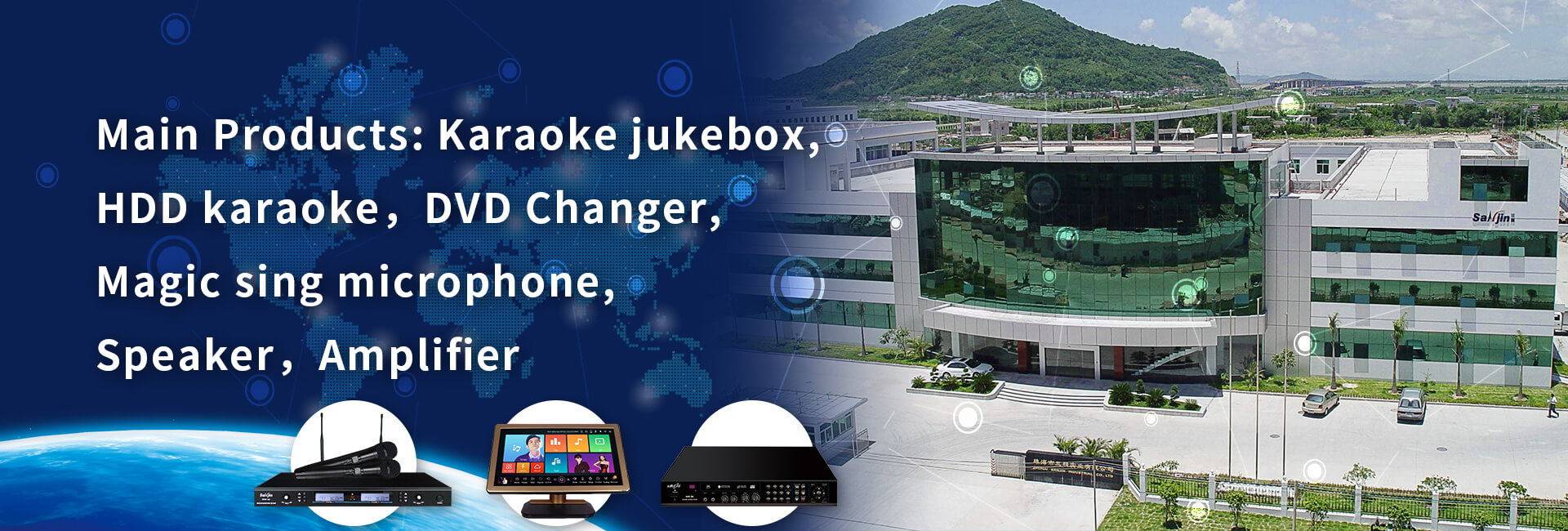In the audio industry, if practitioners pay a little attention to some small details in their work, especially the use of stage audio, it will increase the safe use period of the audio system and prolong the service life of the speakers. During the use of the audio system, the speaker at the end of the audio system link is often more fatal.
From the perspective of the material of the speaker, the wooden box, the paper unit basin, plus the internal sound-absorbing cotton, cables, capacitors, etc., almost every part is flammable; in addition, even for multimedia speakers, it is easily tens of watts. , Hundreds of watts of output power, the heat generated by power amplifier chips, frequency dividers, transformers and other components is amazing when the output is continuous.
Except that high temperature is the fatal factor of speakers, there are many other problems that cannot be ignored during the use of the audio system. Let’s talk about the fatal factors of stage speakers first.
1. Taboo power overload phenomenon
Usually when the speaker is equipped with a professional power amplifier, in order to make the performance of the stage speaker fully play, the power of the power amplifier is often larger than the power of the speaker, sometimes it is about 1 times larger.
In this case, in actual use, control the signal to the power amplifier not to be too large, the speaker will have a good performance, the sound is full, and the distortion is small. However, if you do not pay attention to the control signal and the signal input to the power amplifier is too large, the output power of the power amplifier will exceed the power that the speaker can withstand. For speakers, this is an overload phenomenon. Short-term overload has little effect on the speaker, but if the speaker is overloaded for a long time, even if the speaker in the speaker does not burn, mechanical damage may occur. For example: the folding ring of the paper cone of the woofer is broken, the paper cone is broken, the lead wire of the voice coil is torn, the diaphragm of the tweeter is broken, etc. Therefore, if the power amplifier used is more than 50% higher than the power of the speaker, you need to pay special attention to the signal size when using it, and try to control the use of the power amplifier in a state where the red light does not flash.
People will feel uncomfortable if they eat too much, even until the stomach expands, and if the speaker unit eats too much, they will feel uncomfortable and will burst. Of course, this situation naturally leads to another topic: the use of the “compression limit” function of the digital processor can protect the speaker unit from being burned. However, while the “compression limit” function is working, it comes at the cost of sound loss. In many cases, this kind of thing is not allowed to happen. Moreover, excessive power also increases project costs.
2. Frequency response, a hidden danger that affects the safety of speakers
For example, a 15-inch full-frequency speaker has a frequency response range of 60-18kHz, which tells you that the electrical signal in this range can be restored to sound normally. Note that its lower limit frequency is 60Hz, and electrical signals below 60Hz cannot be converted into sound normally. If the electrical signal you input to it is a full-range signal without any processing, including components below 60 Hz. However, the energy of this part of the electrical signal by the speaker cannot be converted into sound. This part of the electrical energy is basically converted into heat, which is a hidden danger.
If the stage speakers work with high-power input for a long time, the heat will cause the temperature of the voice coil to continue to rise, causing the glue that fixes the coil to melt, and the loose coil of the voice coil is damaged. If you don’t realize this problem, even if the speaker is repaired, it will be broken again in the future.
Solution: Use the filter (HPF) and (LOW CUT) on the processor or other equipment to cut off the low frequency part that the speaker cannot express. The same is true for the high frequency part higher than 18KHz, which should be cut off by the filter of the processor.
Post time: Nov-11-2021





